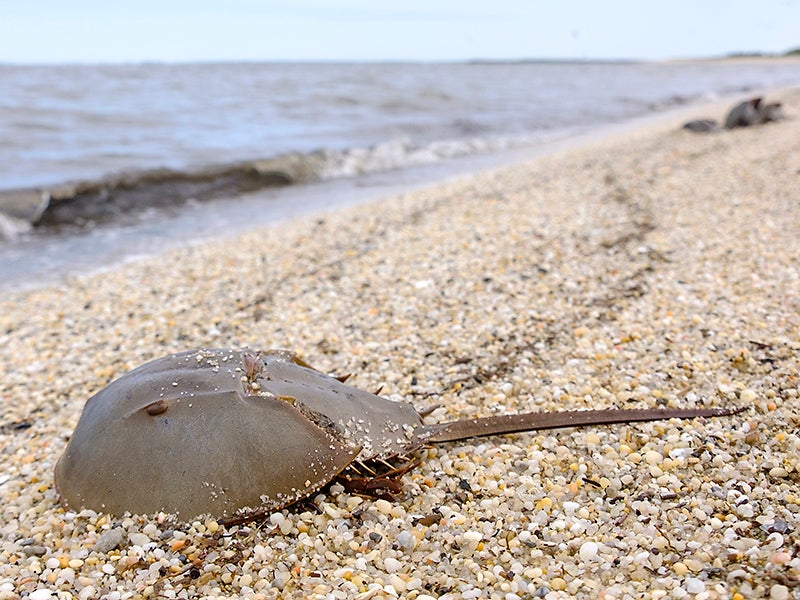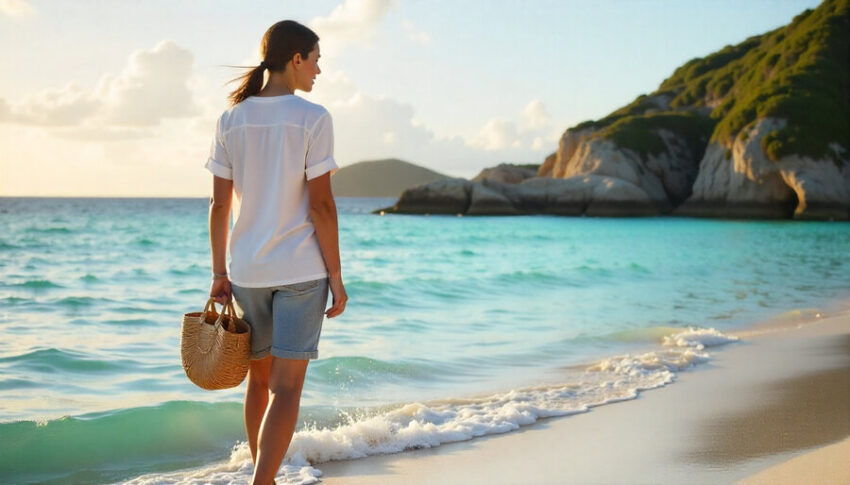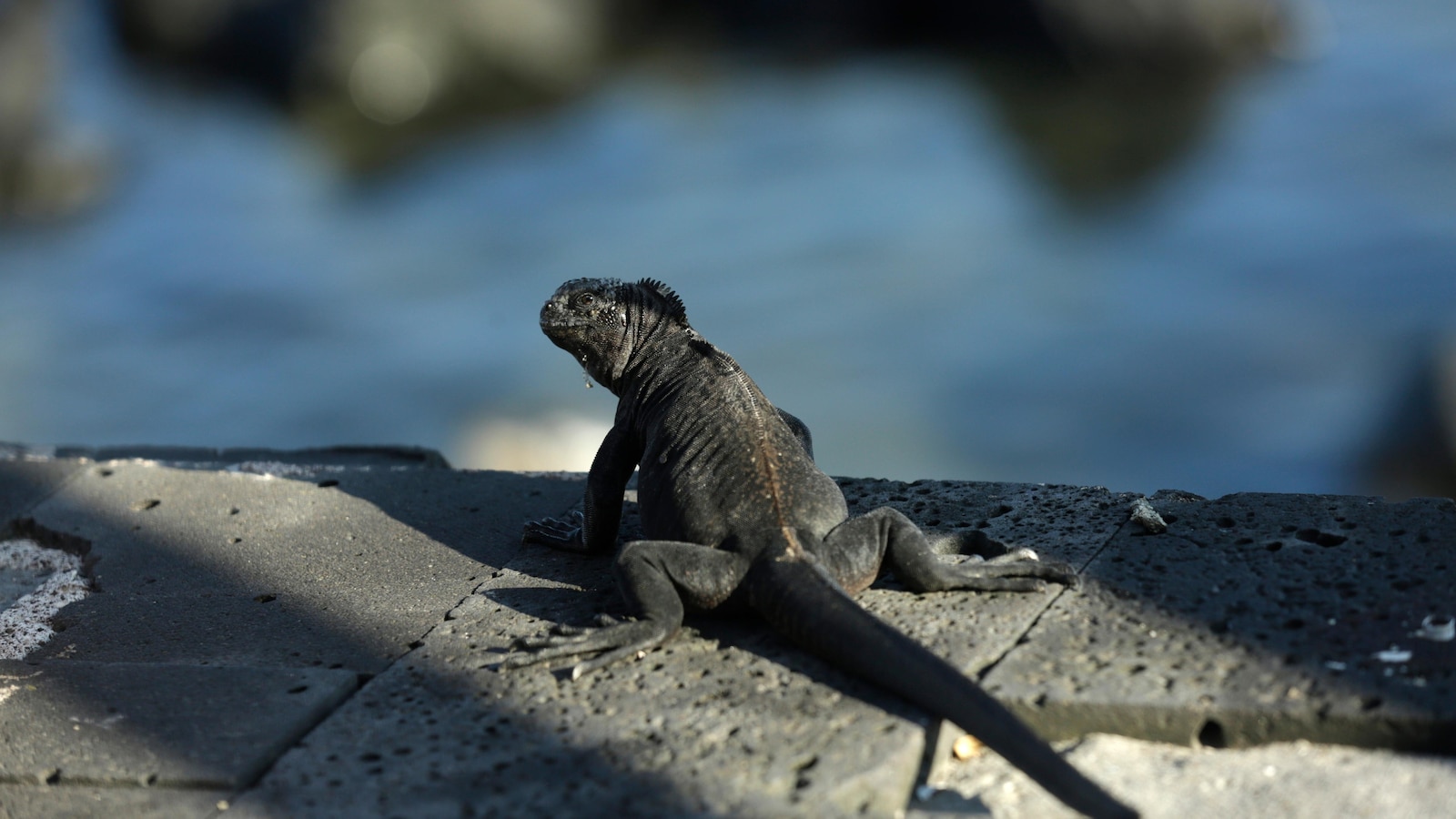Fisheries Commission Adopts Short-Term Protections for Delaware Bay Ecosystem – Earthjustice

Report on Horseshoe Crab Harvest Moratorium and its Alignment with Sustainable Development Goals
1.0 Executive Summary
The Atlantic States Marine Fisheries Commission (ASMFC) has instituted a two-year moratorium on the bait harvest of female horseshoe crabs in Delaware Bay. This decision, while a protective measure, has been met with disappointment by conservation stakeholders who advocated for a longer-term prohibition to secure ecosystem stability. This report analyzes the decision in the context of United Nations Sustainable Development Goals (SDGs), particularly SDG 14 (Life Below Water) and SDG 15 (Life on Land), highlighting the critical link between marine resource management and biodiversity conservation.
2.0 Analysis of the ASMFC Decision
2.1 Impact on SDG 14: Life Below Water
The ASMFC’s decision directly addresses the targets of SDG 14, which calls for the conservation and sustainable use of marine resources. The two-year pause on harvesting female horseshoe crabs is a measure aimed at regulating harvesting and ending overfishing to restore fish stocks.
- Sustainable Management: The moratorium represents an effort to sustainably manage a key marine species. However, conservation groups argue that a two-year timeframe is insufficient for the long-term recovery of this keystone species, thus not fully meeting the objective of sustainable management.
- Ecosystem Health: Horseshoe crab eggs are a vital food source for numerous marine species, including finfish and sea turtles. Protecting the female crab population is essential for maintaining the health and productivity of the Delaware Bay marine ecosystem, a core tenet of SDG 14.
2.2 Implications for SDG 15: Life on Land
The decision has significant consequences for SDG 15, which aims to halt biodiversity loss and protect threatened species. The interconnectedness of marine and terrestrial ecosystems is exemplified by the reliance of migratory shorebirds on horseshoe crab eggs.
- Protection of Threatened Species: The red knot, a shorebird listed as threatened under the Endangered Species Act, depends on horseshoe crab eggs to fuel its 9,000-mile migration. The ASMFC’s decision is a critical factor in efforts to protect and prevent the extinction of this threatened species, as mandated by SDG Target 15.5.
- Halting Biodiversity Loss: The decline in horseshoe crab populations threatens the survival of the red knot and other shorebirds. Stakeholders contend that a more robust, long-term protection plan is necessary to halt the degradation of this critical natural habitat and prevent further biodiversity loss.
3.0 Stakeholder Perspectives and Future Outlook
3.1 Conservation Concerns
Conservation organizations, including New Jersey Audubon, Earthjustice, and Defenders of Wildlife, have expressed that the two-year pause falls short of providing enduring security for the ecosystem. Key concerns include:
- The ASMFC’s decision not to utilize its full authority to establish a three-year protection framework.
- The reliance on a technical model that allegedly understates the dependency of red knots on horseshoe crabs.
- The need for permanent protections to eliminate the recurring threat of resuming the harvest, thereby ensuring alignment with long-term sustainability goals.
3.2 Recommendations for Future Action
To more effectively achieve the targets of SDG 14 and SDG 15, stakeholders urge the ASMFC to adopt enduring, science-based management specifications. There is significant public support for such measures, as evidenced by over 34,000 public comments advocating for sustained protections. A permanent cessation of the female horseshoe crab bait harvest is presented as the most effective path to ensure the recovery of the species and the stability of the dependent ecosystem, fully realizing the vision of the Sustainable Development Goals.
Analysis of Sustainable Development Goals in the Article
1. Which SDGs are addressed or connected to the issues highlighted in the article?
-
SDG 14: Life Below Water
- This goal is central to the article, which focuses on the management and conservation of a marine species, the horseshoe crab, within the Delaware Bay coastal ecosystem. The decision by the Atlantic States Marine Fisheries Commission (ASMFC) directly impacts marine life and the health of this marine environment. The article states, “The longer the reprieve from harvest for Delaware Bay’s horseshoe crab population, the better for the ecosystem as a whole,” highlighting the focus on the marine ecosystem.
-
SDG 15: Life on Land
- This goal is also directly addressed, as the conservation of the marine horseshoe crab is explicitly linked to the survival of terrestrial (or semi-terrestrial) species, particularly migratory shorebirds. The article emphasizes that the “Imperiled migratory shorebirds, including the federally threatened red knot… depend on the eggs female horseshoe crabs lay.” This connects the management of a marine resource to the protection of biodiversity and threatened species on land.
2. What specific targets under those SDGs can be identified based on the article’s content?
-
Target 14.2: Sustainably manage and protect marine and coastal ecosystems
- The entire article revolves around the management of the Delaware Bay ecosystem. The debate over a two-year pause versus a longer prohibition on horseshoe crab harvesting is a direct example of actions taken to manage and protect a coastal ecosystem to avoid adverse impacts on its interdependent species, including shorebirds, turtles, and finfish.
-
Target 14.4: Effectively regulate harvesting and end overfishing
- The core issue discussed is the regulation of the “bait harvest of female horseshoe crabs.” The ASMFC’s decision to “set a two-year pause” is a regulatory action. Conservation groups’ calls to “permanently remove the threat of a female horseshoe crab bait harvest” advocate for stricter regulation to ensure the long-term sustainability of the species.
-
Target 15.5: Protect and prevent the extinction of threatened species
- This target is explicitly relevant because the primary justification for protecting horseshoe crabs is to support the “vulnerable shorebird populations in the region, including the red knot, which is listed as threatened under the Endangered Species Act.” The article directly links the survival of the red knot to the availability of horseshoe crab eggs, making actions to protect the crabs a measure to prevent the further decline of a threatened species.
3. Are there any indicators mentioned or implied in the article that can be used to measure progress towards the identified targets?
-
Indicator for Target 14.4: Harvest levels of a specific species.
- The article explicitly discusses the regulation of the “bait harvest of female horseshoe crabs.” The specific measure taken, a “two-year pause,” serves as a direct indicator of the management action. Progress could be measured by the level of harvest permitted (in this case, zero for two years) and the duration of such protective measures.
-
Indicator for Target 15.5: Population status of threatened species.
- The article implies that the population of the red knot is a key indicator of success. The concern that the current model “vastly understates red knots’ reliance on horseshoe crabs” suggests that the health and recovery of the red knot population is the ultimate metric for evaluating the effectiveness of the horseshoe crab protection policies.
-
Indicator for Target 14.2: Population status of keystone species.
- The article refers to the horseshoe crab as a “keystone species” and mentions that “Longer-term species management specifications are essential for recovery of this keystone species.” Therefore, the population size and recovery status of the horseshoe crab itself serve as an implied indicator of the health and sustainable management of the Delaware Bay ecosystem.
4. Table of SDGs, Targets, and Indicators
| SDGs | Targets | Indicators |
|---|---|---|
| SDG 14: Life Below Water | 14.2: Sustainably manage and protect marine and coastal ecosystems.
14.4: Effectively regulate harvesting and end overfishing. |
|
| SDG 15: Life on Land | 15.5: Protect and prevent the extinction of threatened species. |
|
Source: earthjustice.org
What is Your Reaction?
 Like
0
Like
0
 Dislike
0
Dislike
0
 Love
0
Love
0
 Funny
0
Funny
0
 Angry
0
Angry
0
 Sad
0
Sad
0
 Wow
0
Wow
0
















































:focal(1500,1000)/https://media.globalcitizen.org/a6/9a/a69a4720-d8a1-4715-b596-18738d03c05c/rotary_polio_hero_image.jpg?#)







/countries/sri-lanka/photo-credit---dmc-sri-lanka.tmb-1200v.jpg?sfvrsn=dc298bcc_1#)



















